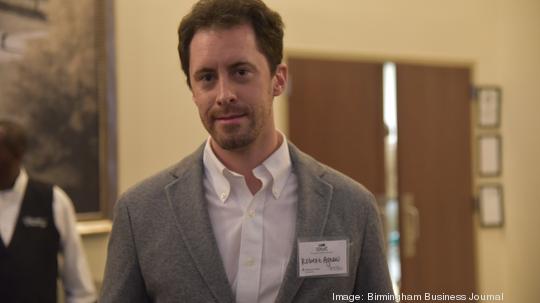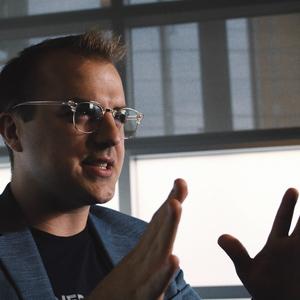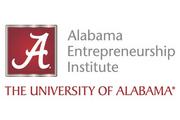
A Birmingham-based startup has secured a grant to increase its versatility and ramp up production.
TruSpin Nanomaterial Innovation, an advanced materials company focused on battery technology, has been awarded a $256,000 award from the National Science Foundation (NSF) to expand the versatility of its manufacturing process called ACES, or alternating current electrospinning. ACES creates small fibers, or nanofibers, that have unique properties that make them useful for solving complex industrial problems.
The award is part of an NSF program that directs funding exclusively to small businesses working with research institutes. The funding from the NSF will propel development in areas of TruSpin’s versatility and scalability. ACES allows nanofibers to be made from ceramic materials that are difficult to replicate using pre-existing nanofiber production methods.
“ACES is the 21st century equivalent to fiberglass mass-production. Wherever you go in the modern world, you encounter something that contains fiberglass,” said Robert Agnew, CEO of TruSpin. “Nanofibers are really similar to fiberglass in that regard. More products than you’d expect already contain nanofibers, and we’re approaching the inflection point of widespread adoption. The main barrier to nanofiber adoption is the limited nature of pre-existing methods for producing nanofibers; they’re inefficient and lack versatility.”
The company is based at the Innovation Depot, with them operating one of only two ACES facilities in the world. Another ACES facility is operated UAB, where the technology was invented by Dr. Andrei Stanishevsky, TruSpin’s technical adviser and Anthony Brayer, TruSpin’s CTO.
TruSpin leaders said the company is already generating revenue as a vendor of nanofibers to retailers who supply scientific materials to the research market, but the company is setting its sights on loftier ambitions.
“Ultimately, the technology is the product. There are millions to be made in selling nanofibers as a raw material, but intellectual property on the emerging applications for nanofibers is worth billions,” Agnew said. “That’s why TruSpin’s internal development focus is on proving the performance of our nanofibers as a solution to megatrend problems.”




